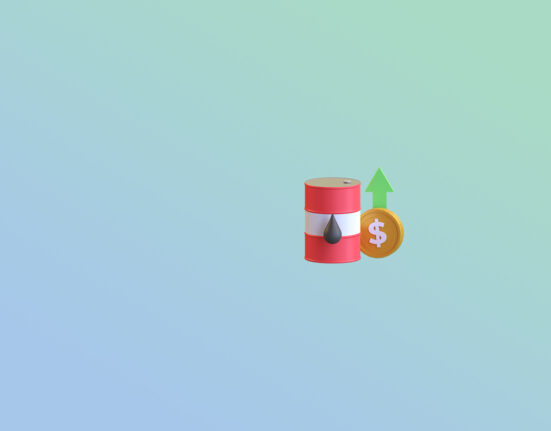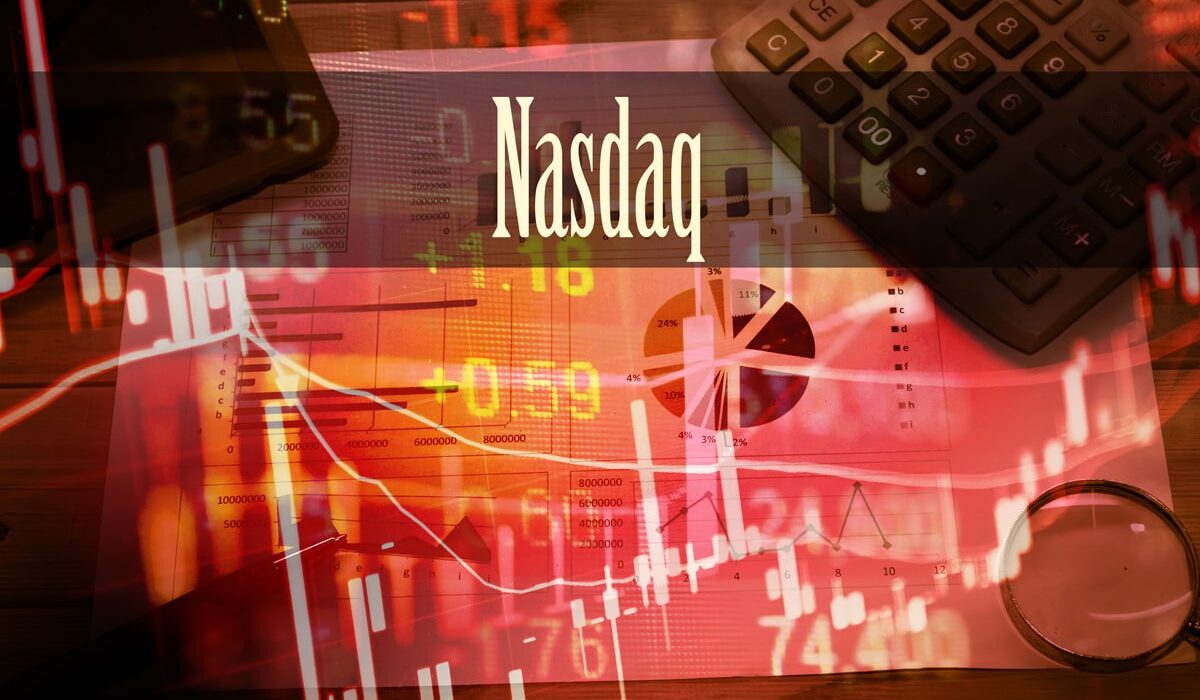Prior to NASDAQ, stock exchanges used actual trading floors where traders would physically carry out orders. However, NASDAQ introduced the idea of a virtual trading floor. This was made feasible by its electronic quotation system, which for the first time allowed traders to examine and execute trades digitally.
The trading mechanisms used by NASDAQ also advanced with technology. The NASDAQ Workstation, which was later superseded by the more sophisticated NASDAQ Workstation II, was one of NASDAQ’s most important trading platforms when it was first released in the 1990s.
These programs offered brokers and dealers a trading, information-retrieval, and market-communications interface. The NASDAQ OMX system, which combines trading, clearing, exchange technology, regulatory compliance, and other elements into one platform, was introduced by NASDAQ in 2012.
NASDAQ Empowering Modern Trading
One of the most significant milestones in NASDAQ’s trading technology was the acquisition and implementation of the INET trading system. Originally developed by Instinet, and later acquired by NASDAQ in 2005, INET is known for its ultra-low latency and high throughput. It is one of the most pervasive trading technologies in the world and forms the core of NASDAQ’s trading platform. INET’s robust system allows for the efficient execution of orders, managing tens of thousands of order messages per second with latencies measured in microseconds.
Future of Trading with NASDAQ
NASDAQ is devoted to innovation even while the financial markets keep changing. In order to further improve its trading system, NASDAQ is looking into new areas including blockchain, AI, and machine learning.
The performance and character of NASDAQ as a stock exchange have been greatly influenced by its trading technology. The ability of NASDAQ to lead in a sector where milliseconds can make the difference between profit and loss has been proved via its pioneering work in electronic trading as well as its ongoing ability to adapt and innovate in the face of new technical developments. One can anticipate that NASDAQ will maintain its position at the forefront of trading technology innovation as the financial markets continue to change.












